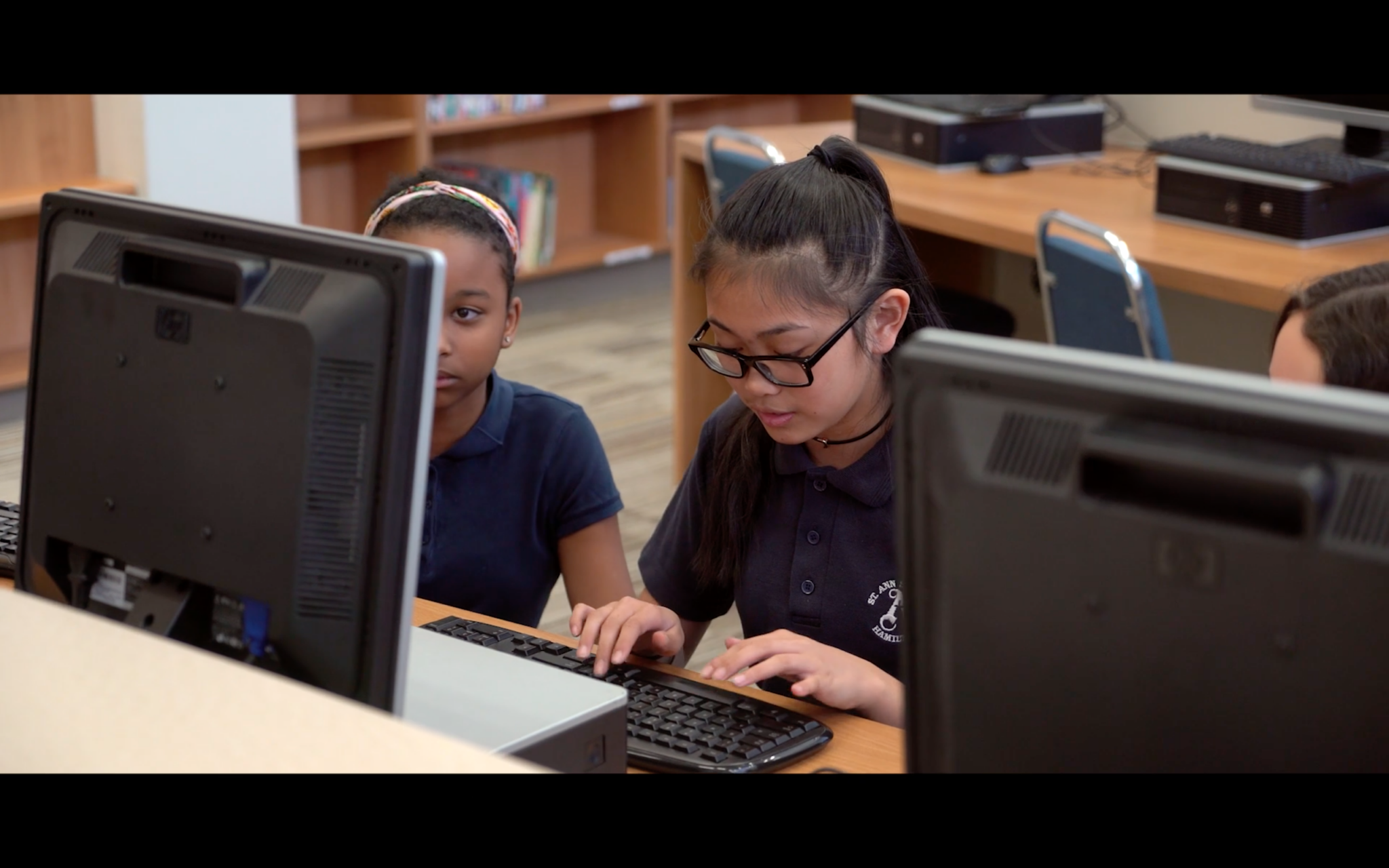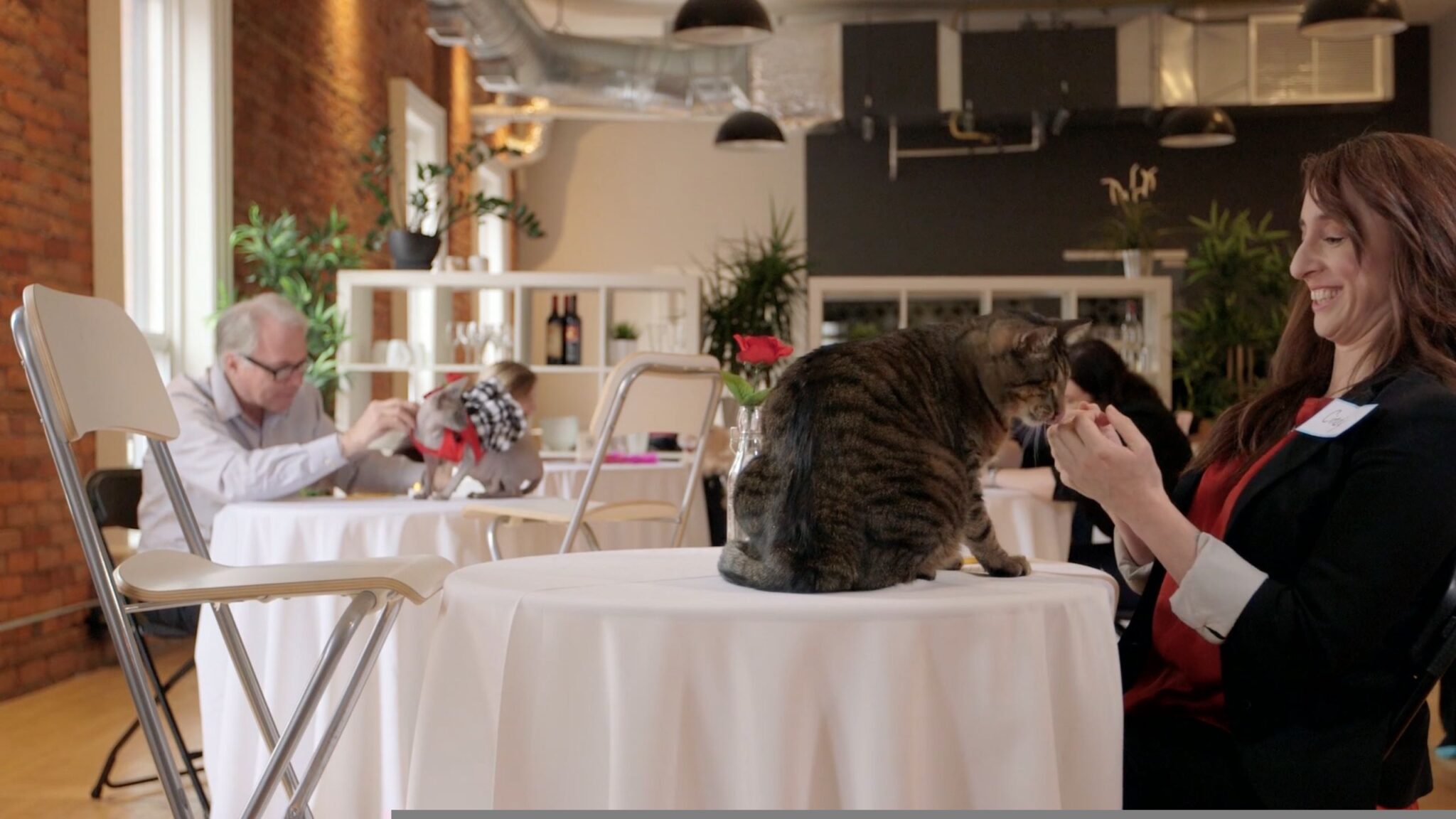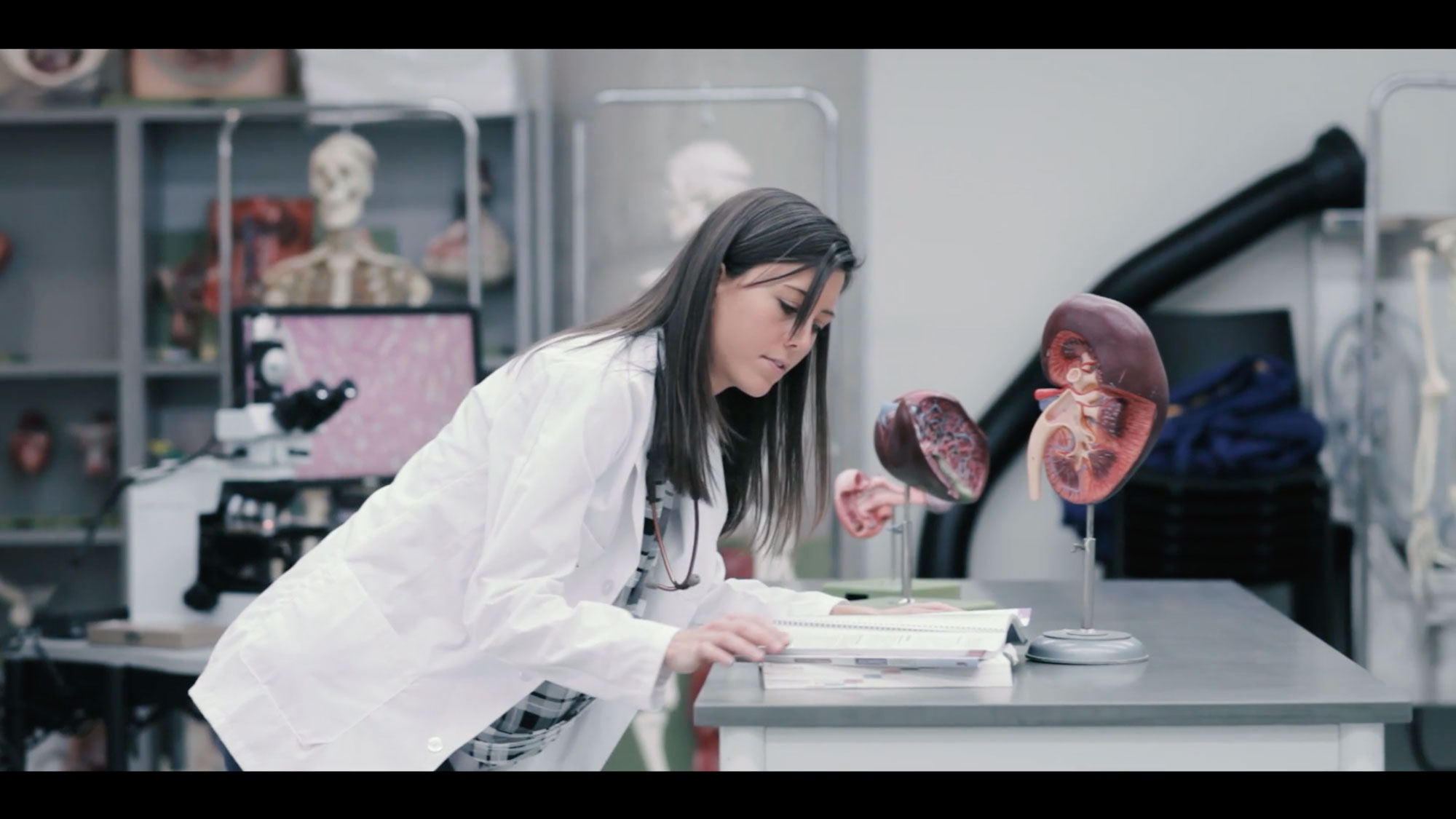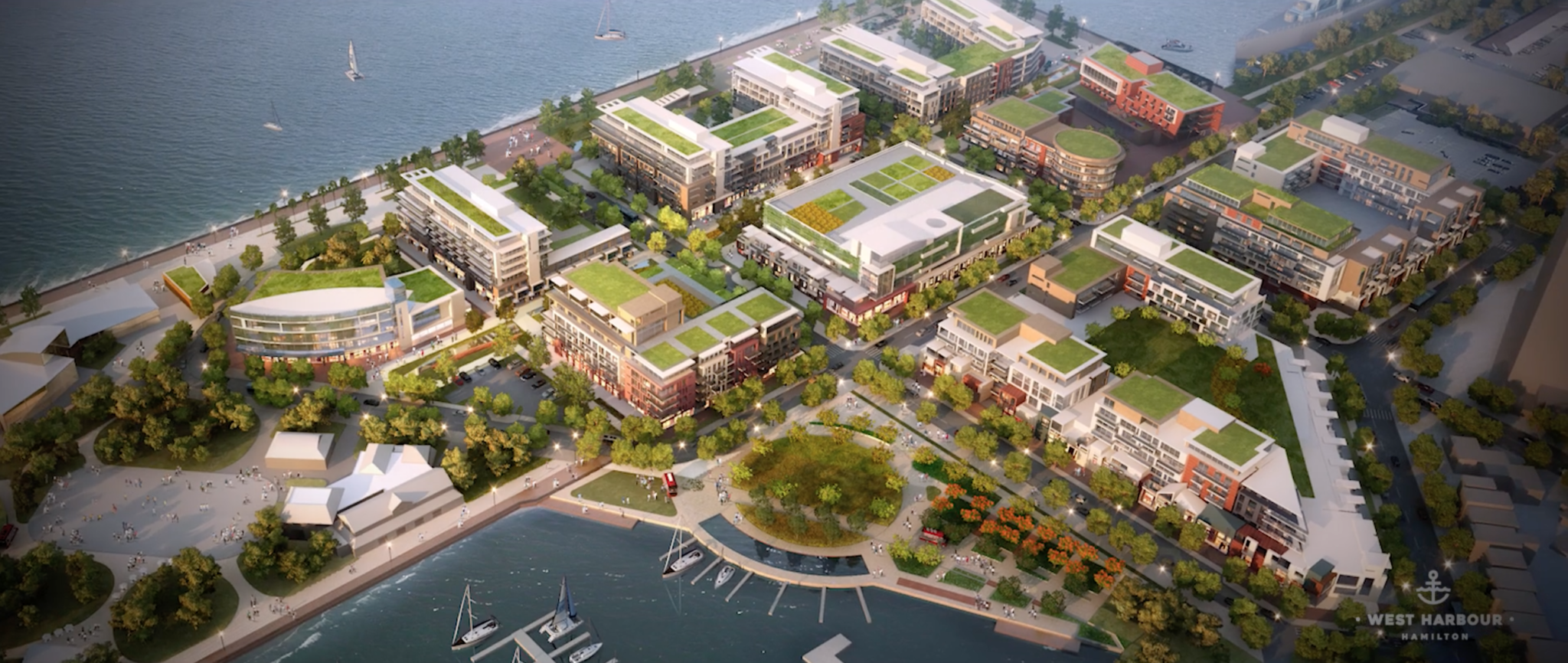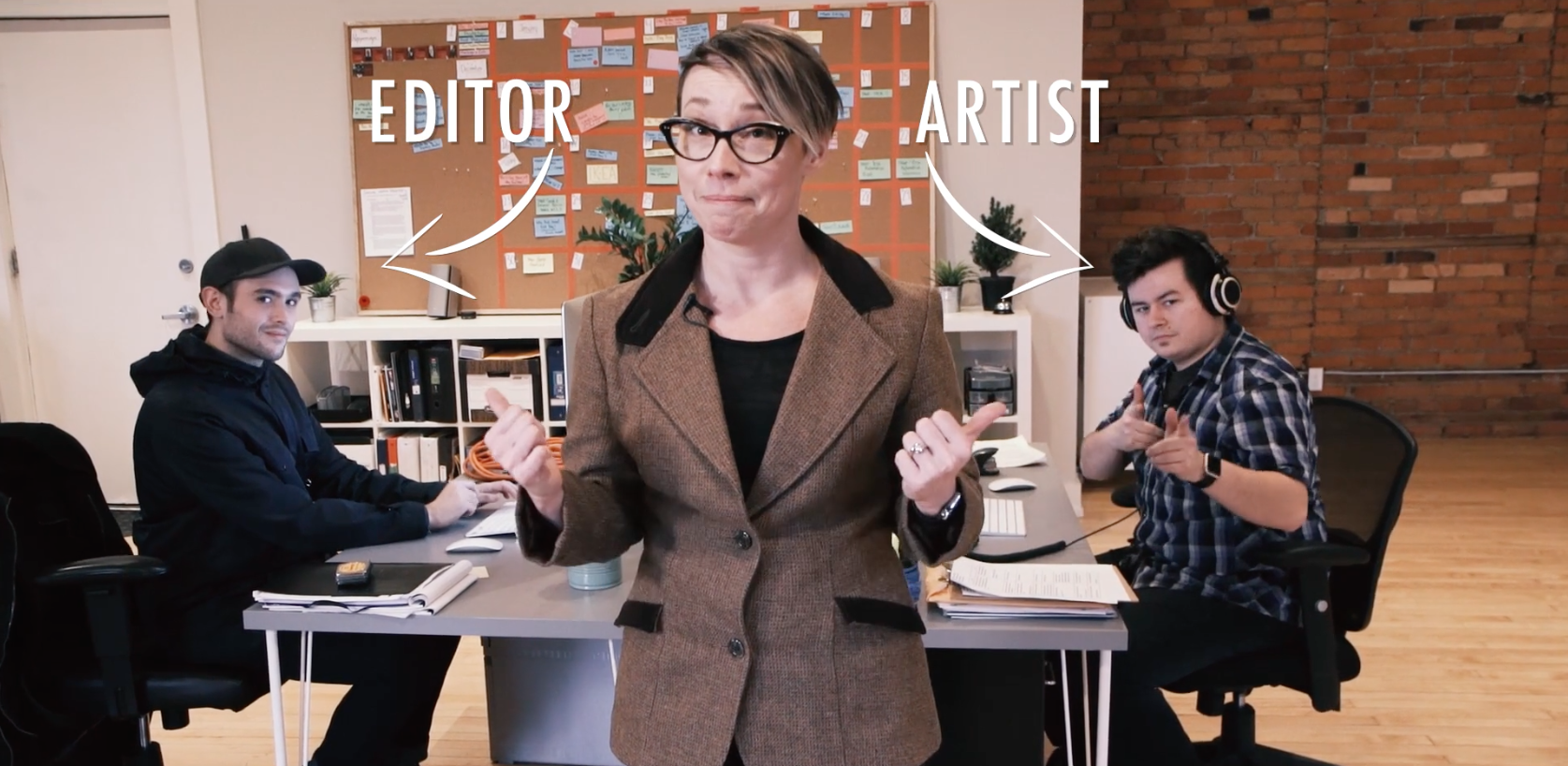-

Project Launch: Hamilton – Burlington SPCA
With nearly 10,000 hits in one day, this could be our biggest launch yet! SO excited to share this hilarious little piece we produced for…
-

Project Launch: McMaster IBEHS Program
“Healthcare challenges are one of the biggest problems facing today’s society” McMaster University is transforming these healthcare challenges into new learning experiences. Bringing the…

